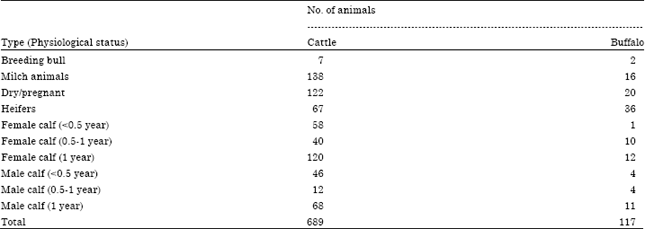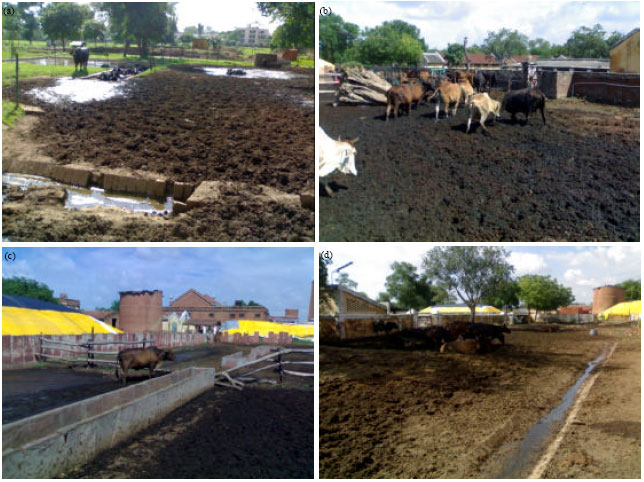Short Communication
Brucellosis in Organized Dairy Farm: An Investigation
Department of Veterinary Epidemiology and Preventive Medicine, Uttar Pradesh Pandit Deen Dayal Upadhayay Pashu Chikitsa Vigyan Vishwavidyalaya Evum Go-Anusandhan Sansthan
Waquar Ahmed
Department of Veterinary Public Health, Uttar Pradesh Pandit Deen Dayal Upadhayay Pashu Chikitsa Vigyan Vishwavidyalaya Evum Go-Anusandhan Sansthan, Mathura, India
Amit Kumar Verma
Department of Veterinary Epidemiology and Preventive Medicine, Uttar Pradesh Pandit Deen Dayal Upadhayay Pashu Chikitsa Vigyan Vishwavidyalaya Evum Go-Anusandhan Sansthan
Udit Jain
Department of Veterinary Public Health, Uttar Pradesh Pandit Deen Dayal Upadhayay Pashu Chikitsa Vigyan Vishwavidyalaya Evum Go-Anusandhan Sansthan, Mathura, India
Basanti Bist
Department of Veterinary Public Health, Uttar Pradesh Pandit Deen Dayal Upadhayay Pashu Chikitsa Vigyan Vishwavidyalaya Evum Go-Anusandhan Sansthan, Mathura, India










